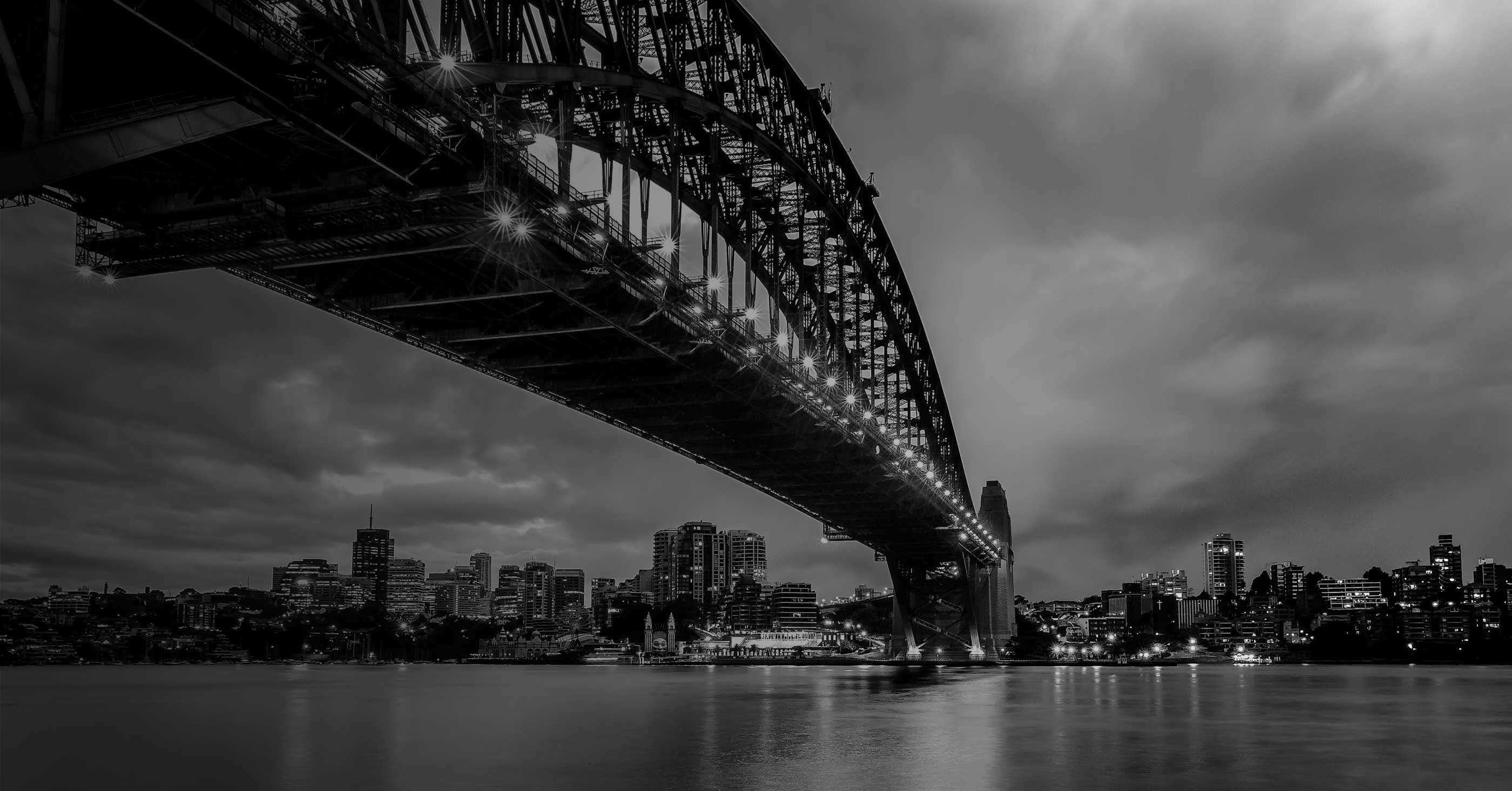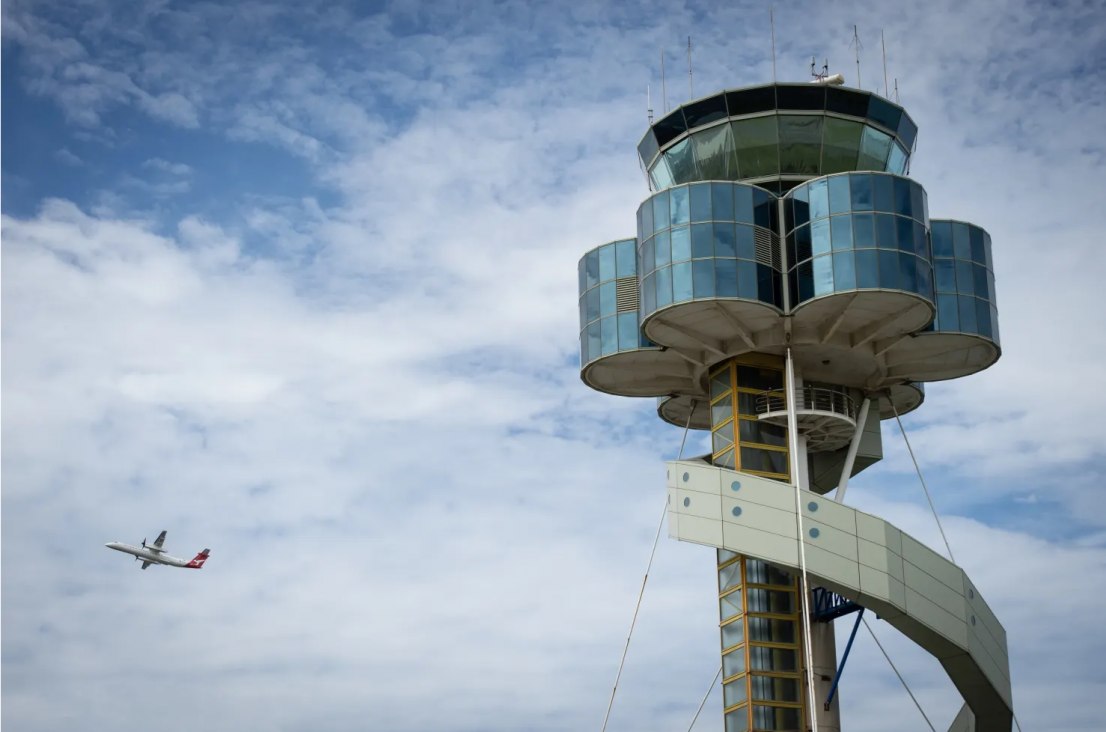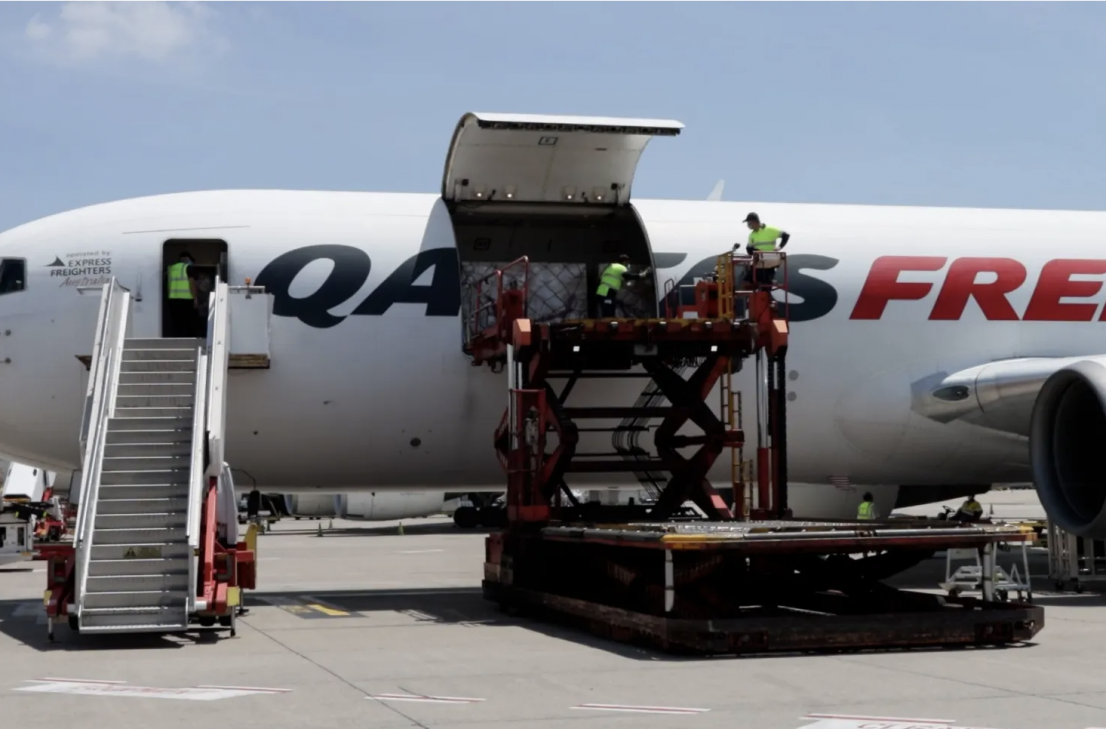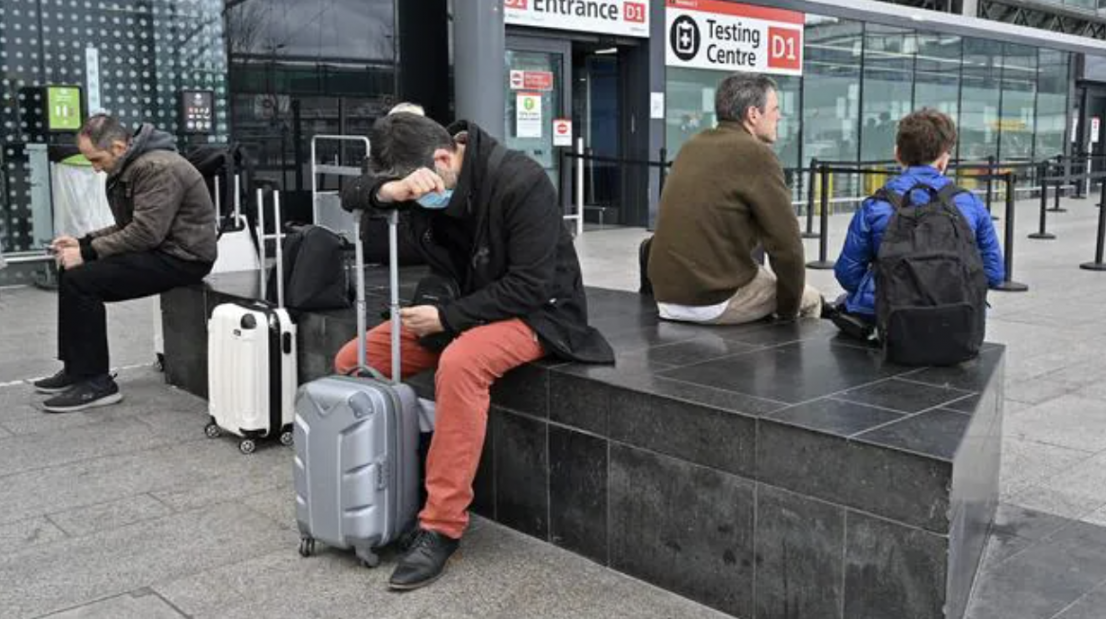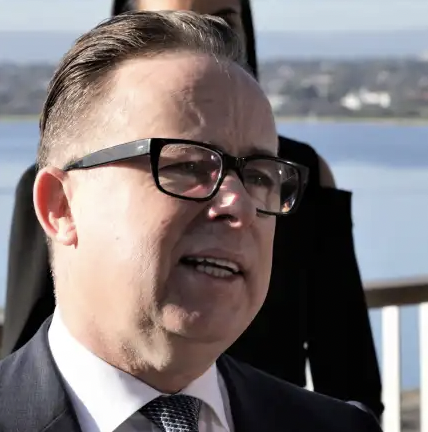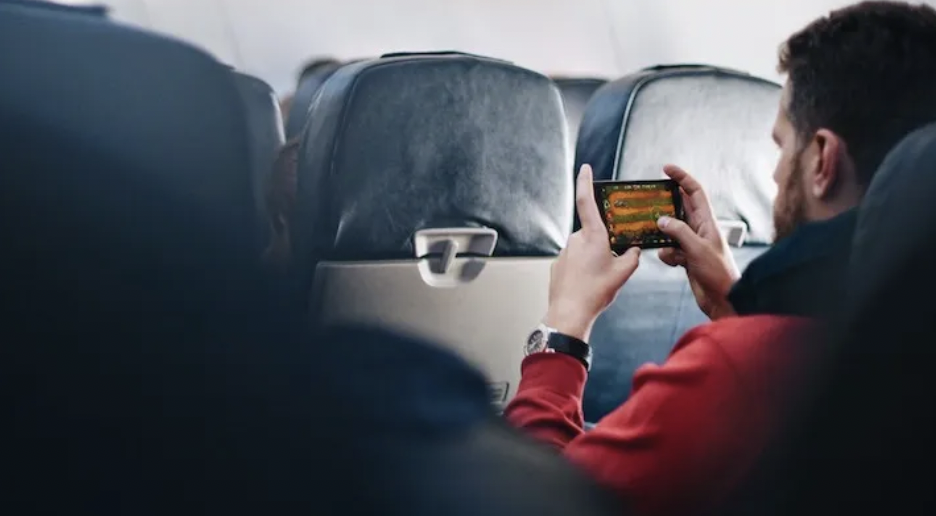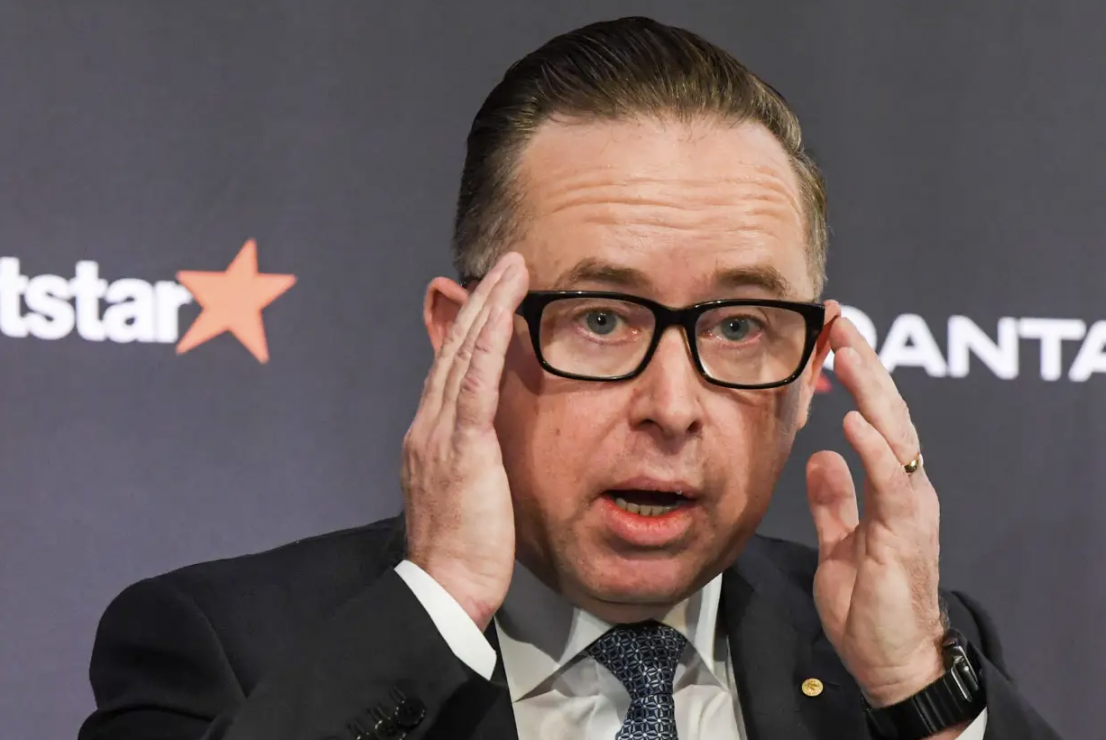
Qantas will cut more flights over the next six months as extraordinary levels of staff sick leave and sky-high fuel prices hurt the airline’s efforts to meet strong demand for travel but it promises to end reliability failures in September.
Chief executive Alan Joyce said 320 pilots called in sick or were in isolation every day, with the dual COVID-19 and flu waves causing a big “double peak” in illness which was driving the airline’s highly publicised operational flaws.
“We’ve had a spike in COVID, which I don’t think anyone was predicting. Sick leave, in some cases, has more than doubled,” Mr Joyce said on Thursday, as he unveiled the airline’s third huge loss of the pandemic.
It comes as other companies, such as Woolworths, say high levels of staff absenteeism are hurting their operations. Woolworths chief executive Brad Banducci said it was struggling to meet its usual levels of customer service, but he expected this would even out in spring.
Qantas reported a $1.9 billion underlying loss in the 2022 financial year – the total reported losses over the last three years of the COVID-19 pandemic are now over $7 billion – with the recovery from the virus ongoing before a return to profitability in 2023 despite reliability issues at the airline and questions about the strength of the brand.
But analysts warned the carrier was unlikely to reach pre-pandemic levels of profitability until the 2024 period, as Qantas provisioned $5 billion for fuel costs that have spiked 60 per cent higher over the last three years.
The result was bolstered by a $400 million on-market share buyback as Qantas shares shot 7.5 per cent higher on Thursday to $4.88 despite the loss.
Mr Joyce said the high levels of sick leave were the biggest problem for the airline operationally and, combined with the sky-high fuel prices, meant a cut to domestic flying of 10 per cent for the rest of the year as it tries to reduce the reliability issues that have circled Qantas for the last six months.
‘Taking flying down’
Qantas will operate at 95 per cent of pre-pandemic capacity in the first half of financial year 2023, before raising this to 105 per cent in the second half.
This is the third cut to capacity the carrier has issued this year. Qantas had earlier targeted 115 per cent of pre-virus capacity in the first quarter of the 2023 financial year, but dropped that to 110 per cent in May. In June, it said domestic capacity would be 102 per cent of pre-virus levels in the first half.
“What we’ve done now to protect from that [the high levels of sick leave] is taking flying down, so we have a lot more reserves, a lot more coverage to account for it going forward,” Mr Joyce said. The airline left the door open for it to increase capacity again should its “operational resilience improve”.
Mr Joyce said a hot labour market had led to high attrition rates in parts of the business too – 25 per cent of cabin crew at a charter subsidiary Network Aviation in Western Australia had left, with Qantas working to fill the gaps.
He said this attrition was not the source for Qantas’ reliability issues, and that it had recruited 1500 new staff to bolster its workforce since April.
The reliability issues, which resulted in Qantas cancelling 6.2 per cent of all flights in July and land just 53 per cent of services at their destinations on time, would also be behind the airline in September, according to Mr Joyce.
“The past year has been challenging for everyone. We had to ramp down almost all flying once delta hit and stay that way for several months before ramping back up through multiple omicron waves,” he said.
“We’re not happy with the operational performance, but we have a plan to fix it and recover it very rapidly, and we will be doing that, as we outline here, for September and October.”
Result lands within expectations
The $1.9 billion underlying loss represented a 5 per cent fall on the prior corresponding period as border closures, lockdowns and other pandemic restrictions kept aviation grounded.
It was in-line with analyst expectations.
On a statutory level, the after-tax loss was $860 million, boosted by the sale of surplus land the proceeds of which Qantas used to pay down its debt balance. Revenue increased by more than 50 per cent to $9.1 billion, but this was still almost half the revenue Qantas recorded in the 2019 financial year.
Qantas said it would invest increase staff benefits as it looks to retain and hire new staff. It said: “the staff travel scheme will be made more generous, with better access for family members and an expansion of the already significant fare discounts on stand-by travel.”
It said fuel costs in the 2023 financial year would reach $5 billion, driven by a nearly 60 per cent rise in the cost of fuel compared to pre-pandemic levels as the war in Ukraine drives oil prices higher.
Domestic flying was profitable at the underlying earnings before interest and tax level in the June quarter, while Qantas Freight accelerated in financial year 2022.
International flying struggled due to the constraints in-place for much of the period. Even still, the company plans to introduce a new Auckland-New York route to service from next June and lift capacity to 65 per cent of pre-virus levels in the next six months due to a stronger than expected rebound.
The company has five of its jumbo Airbus A380 jets in service, three in maintenance and two out of service.
Jarden analyst Jakob Cakarnis said it would be critical for Qantas to manage the high fuel bill well. He said the $5 billion of fuel costs made it unlikely that Qantas would reach 2019 levels of profitability ($1.3 billion underlying before-profit profit) with that a recovery pushed into the 2024 financial year.
The $400 million buyback was “ahead of market expectations” as balance sheet repair progresses quicker than first thought, Mr Cakarnis added.
Macquarie analysts said the outlook was good for Qantas with the “ongoing recovery and sustained demand in travel” coming amid “confidence in a rational operational environment”.
“There is an expectation for an ongoing travel recovery across both domestic and international. However, there may be ongoing right sizing of capacity to manage [per-seat revenue], considering higher fuel costs and operational challenges which we hope start to show signs of improvement,” they said.
Macquarie rated the stock “outperform”, with a target price of $6.60.
Steve Johnson, the chief investment officer at Qantas investor Forager Funds Management, said the result fell largely within his expectations with “strong pricing and lack of capacity is offsetting the short-term impacts of higher fuel costs and operational disruptions from staff shortages and illness”.
But he said the company’s guidance for the 2023 period was “cryptic” and hit out at the company’s decision to give $400 million of capital to shareholders via the buyback.
“In the current environment of significant public perception issues for Qantas, we would have preferred they wait another 6 to 12 months,” he said.
“It unnecessarily opens them up to criticism of shareholders benefiting while customers are suffering. They should be focussed on fixing the problems first.”

